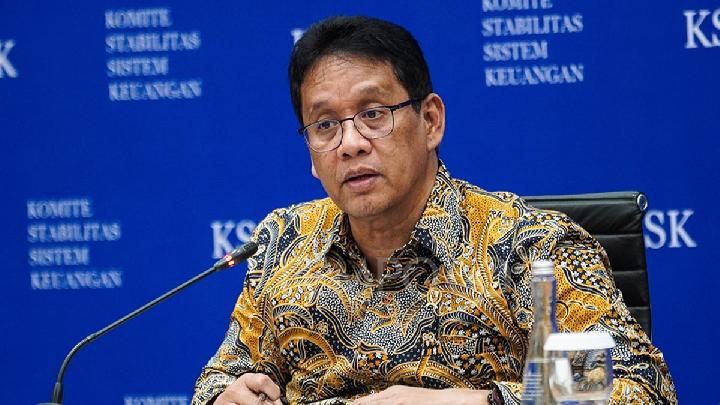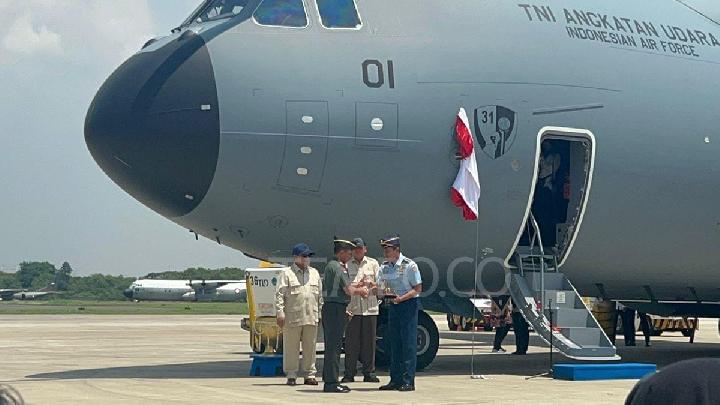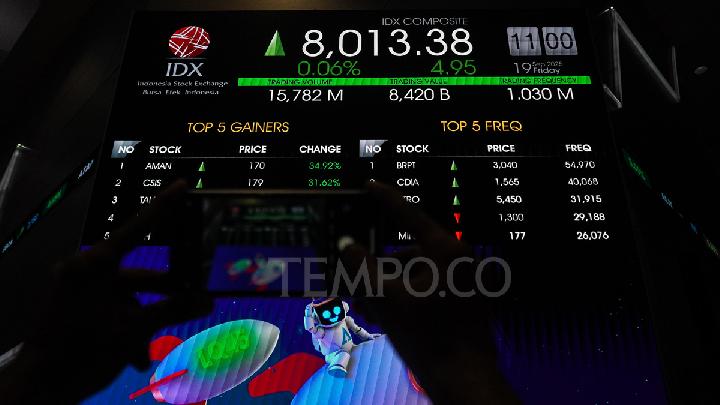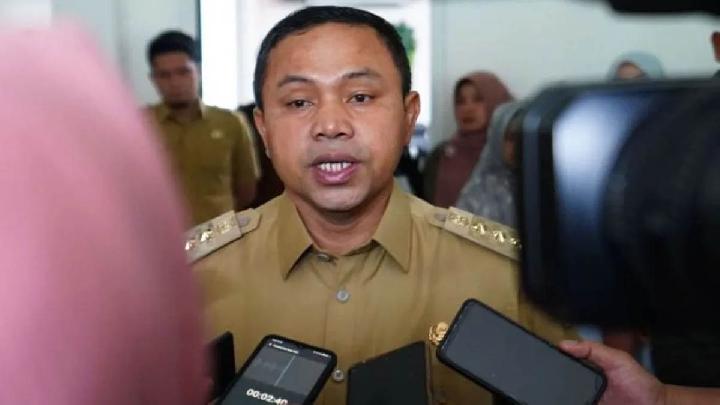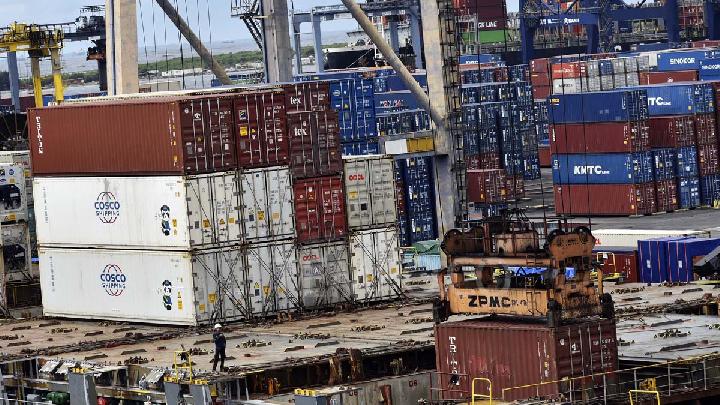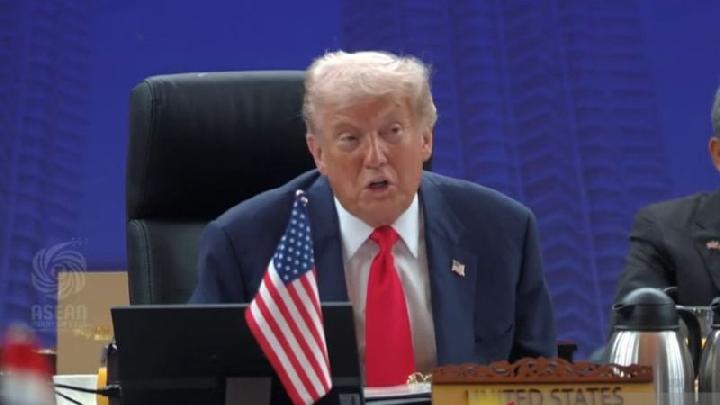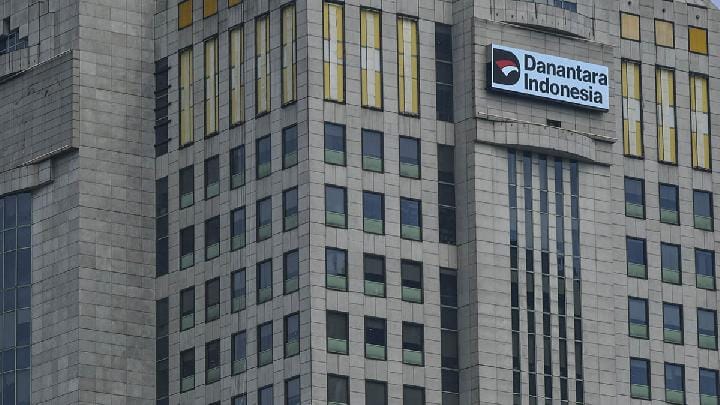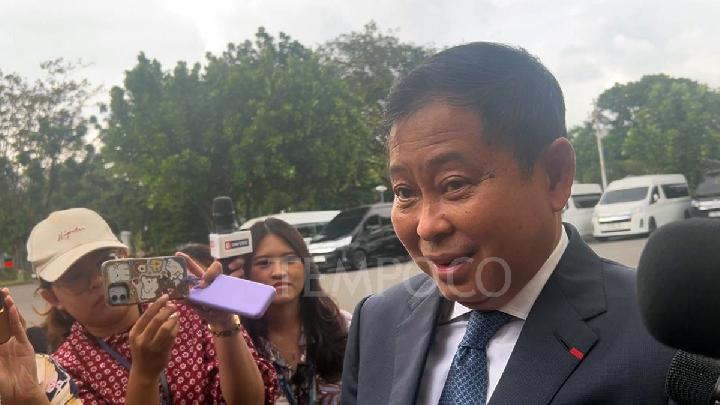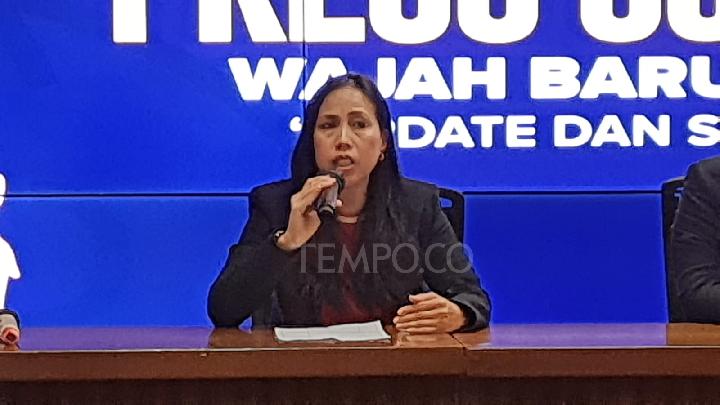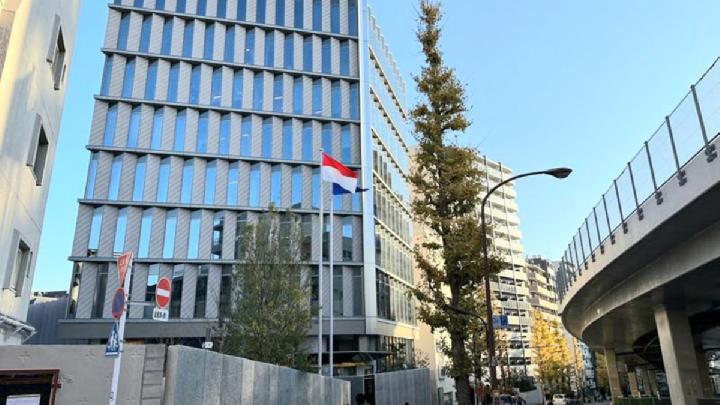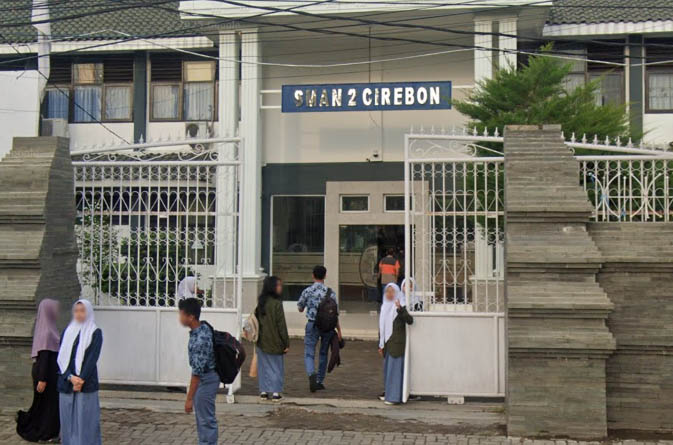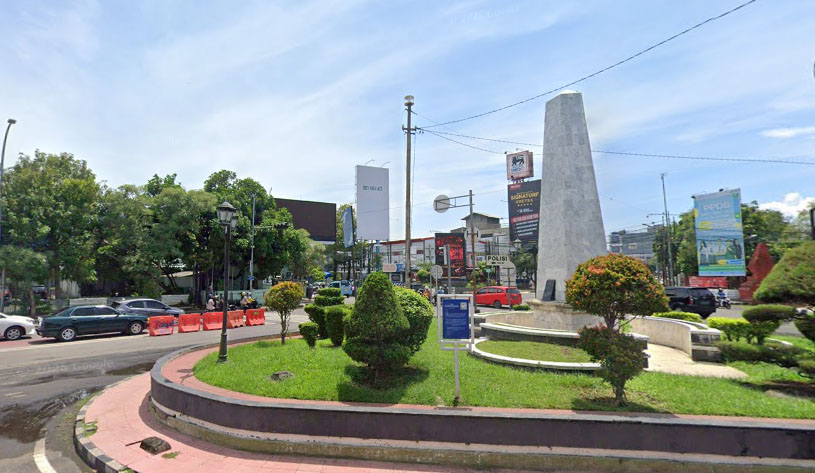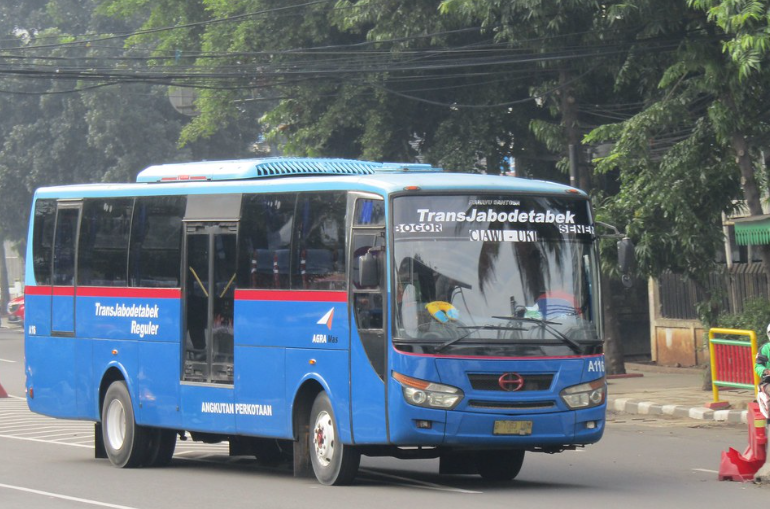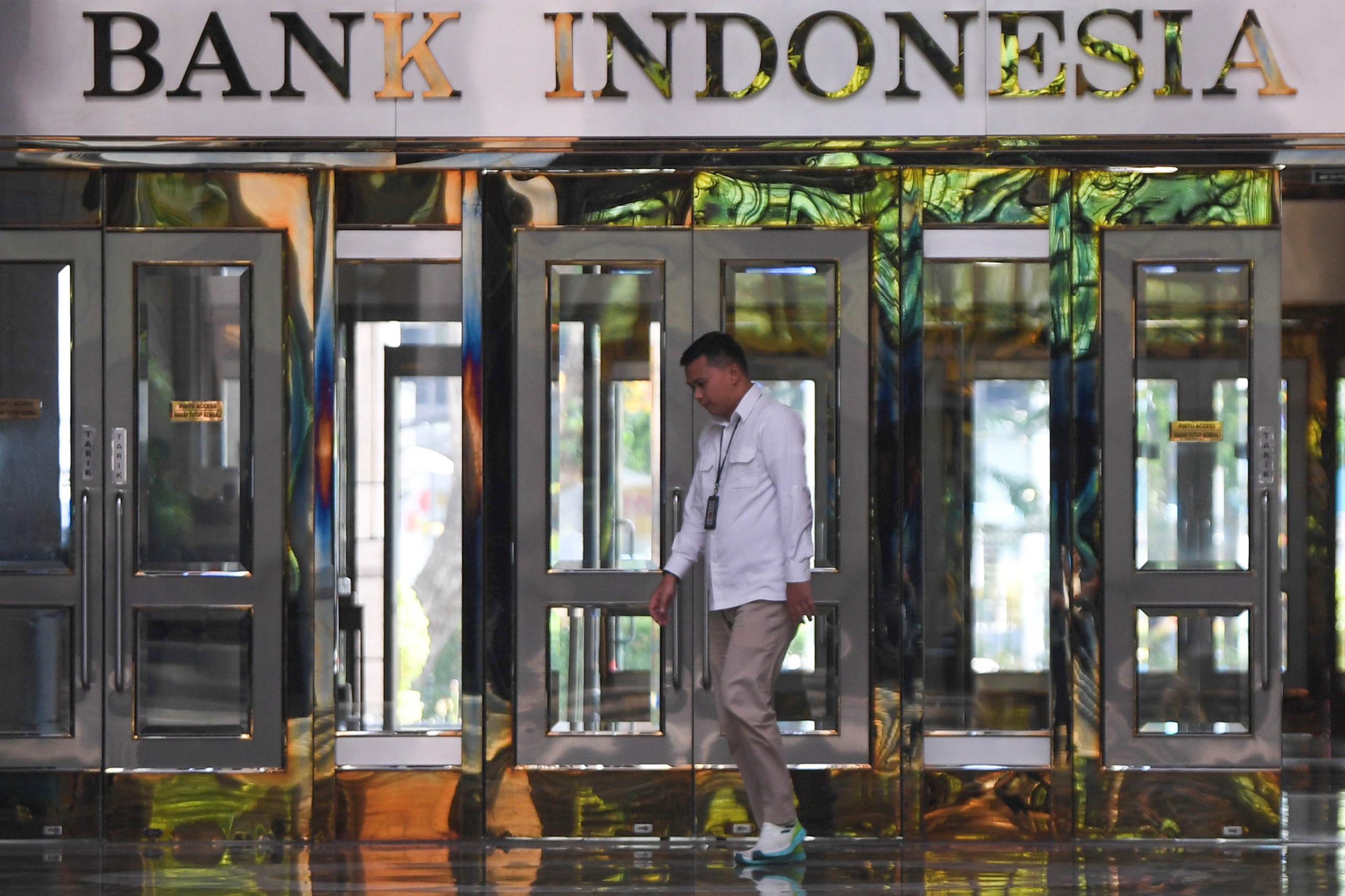TEMPO.CO, Jakarta - Indonesia has long been mentioned as having great potential for rare earth metals. The material useful for the production of electric vehicle batteries is scattered from Sumatra to Papua. Is that true?
Chairman of the House of Representatives Commission XII, Bambang Patijaya, highlighted the issue of rare earth metal potential data owned by the government. He is one of those who question because, according to him, Indonesia does not yet have comprehensive data on rare earth metals. The available data, he said, is still hypothetical.
"Another problem is the lack of technical regulations regarding the licensing of rare earth metal mines which are classified as associated minerals," said Bambang in a national seminar on rare earth metals at the Bandung Geological Agency Auditorium, Saturday, November 1, 2025.
The Head of the Mineral, Coal, and Geothermal Resources Center, Agung Pribadi, responded that there are currently 28 rare earth metal minerals revealed in Indonesia. However, only 9 locations, or around 30 percent, have been initially explored.
The distribution of the locations is divided into several clusters per island. In North Sumatra, for instance, Agung cited that they exist in North Tapanuli and South Tapanuli Regencies. They also exist in Bangka Belitung, as well as in Ketapang Regency and Melawi Regency in West Kalimantan.
The potential locations of rare earth metals are also mentioned to be in Bone Regency, South Sulawesi, and Mamuju Regency, West Sulawesi. They also exist in Java at Mount Muria.
Agung said there is a correlation between the rare earth metal locations and radioactive materials. Based on the data from the National Nuclear Energy Agency (Batan), the level of gamma radiation in potential rare earth metal locations is high, such as in Mamuju. "The radiation in Muria is also quite high," he said.
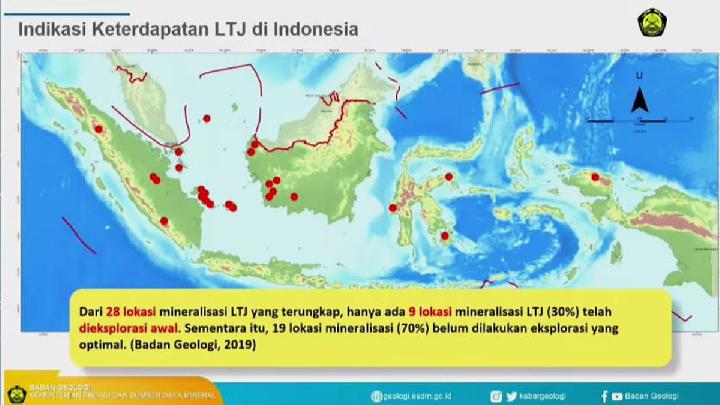 Potential distribution of rare earth metals in Indonesia. Source: Geological Agency
Potential distribution of rare earth metals in Indonesia. Source: Geological Agency
Meanwhile, the Director of Mineral and Coal Program Development at the Ministry of Energy and Mineral Resources, Julian Ambassador Shiddiq, said that most rare earth metals in Indonesia are not primary minerals. Their content is mostly found in bauxite, tin, and nickel.
Nevertheless, Julian revealed its benefits. "There is no need to mine or explore, only to process or extract," he said.
He explained that the potential for rare earth metals is found in tailings or the remaining material from the ore processing. "From bauxite tailings, it contains 800-1000 ppm of rare earth metals, from tin 2000 ppm, and nickel 150 ppm," said Julian.
For example, nickel contains around 52 ppm of scandium, which is classified as a rare earth metal. Its current price is around US$ 56-65 thousand per kilogram.
The Minister of Higher Education, Science, and Technology, who was later appointed to head the Mineral Industry Agency, Brian Yuliarto, stated that rare earth metals are currently popular. According to him, Indonesia's potential wealth for this type of mineral is being calculated.
Later, he added, the mineral and radioactive materials will be managed specifically by a new agency. "It will be managed directly by the new state-owned enterprise Perminas, a national mineral company," he said in the same seminar.
Brian revealed that the Mineral Industry Agency has approached companies from China and Russia to collaborate on their processing technology. "The key to rare earth metals is the ability to master the technology and build the industry," said Brian.
Pros and Cons of Rare Earth Metals
According to the Geological Agency's website, rare earth metals are a group of metals that have characteristic properties and are essential in various modern technology applications. They are called rare because they are scarce in nature and their quantity is limited, while the market demand is high, making them highly sought after.
Rare earth metals contain 17 elements, namely lanthanum (La), cerium (Ce), praseodymium (Pr), neodymium (Nd), promethium (Pm), samarium (Sm), europium (Eu), gadolinium (Gd), terbium (Tb), dysprosium (Dy), holmium (Ho), erbium (Er), thulium (Tm), ytterbium (Yb), lutetium (Lu), scandium, and yttrium.
Extraction or purification of rare earth metals can be done through an acid and base digestion process that separates monazite minerals and their residues. Rare earth metals conduct electricity well and have strong magnetic properties, making them suitable for use as raw materials in the production of electric batteries, wind turbines, solar panels, electronic equipment, warship coatings, and electric-powered transportation industries.
Other functions include being excellent semiconductor materials, as well as refinery coatings for oil refineries due to their corrosion resistance.
However, environmental aspects need to be considered in the management because rare earth metal minerals such as monazite contain thorium, which is radioactive. Although its radioactive content is low, this mineral can transform into radium, which has a higher radioactive concentration during the processing process.
Editor's Choice: Malaysia Stands Firm on Rare Earth Export Ban
Click here to get the latest news updates from Tempo on Google News

